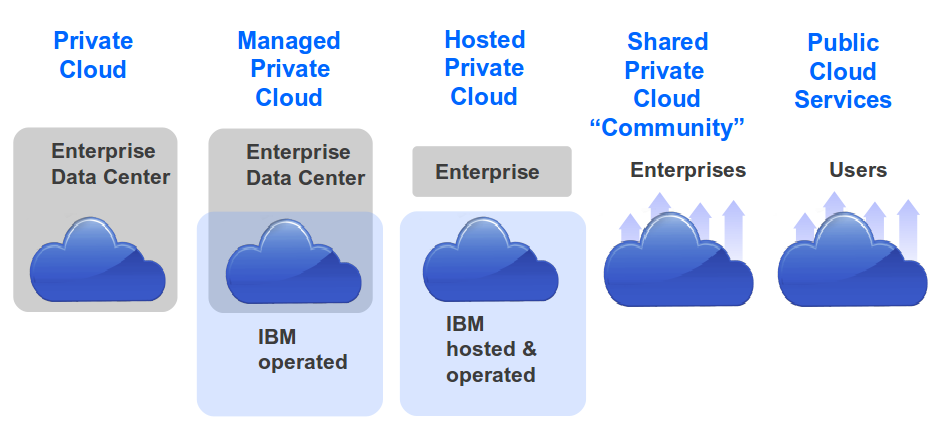In an earlier post, I defined a hybrid cloud and discussed possible scenarios including multiple public cloud providers, private clouds and traditional information technology (IT) environments.
While that post hopefully provided a good explanation of hybrid cloud infrastructures, it was not the full story, especially if you plan to implement a hybrid cloud in your environment. Like an onion that has many different layers around its core to protect it and keep it nice, white and juicy, hybrid cloud infrastructure has many different layers that keep it functional. Let’s take a look at these layers.
Management
Don’t underestimate the complexity that is introduced as a result of the different technologies and service providers in a hybrid setup. Establishing a common management infrastructure might be extremely hard and might not always make sense; however, there are components that you might want to integrate and harmonize. Usually these components provide monitoring, alerting and ticketing tools.
Whenever a new piece of infrastructure is added to your hybrid setup, you should consider the extent to which you need to integrate it into your existing management systems, and how to manage it once it is integrated.
Orchestration
Once the infrastructure is managed properly, you can think about how to provision new workloads. The next layer we should consider is orchestration. As with the management of your hybrid cloud infrastructure, your goal here should be to have a single point for provisioning that spans services over different cloud infrastructures.
The ongoing standardization of cloud application programming interfaces (APIs) addresses this need. Amazon Web Services APIs and OpenStack may be considered industry standards in this arena. More and more cloud providers and cloud products support at least one of the two, often both. Tools like IBM Cloud Orchestrator can not only provision single workloads on different hybrid infrastructures, but can also define workload patterns for faster and easier deployment.
Governance
Orchestration enables the use of a hybrid infrastructure in an automated way. And once you are able to orchestrate your environment, you need to control how that is done. The main question to answer is which workloads should run where. This is crucial because each hybrid infrastructure has its strengths and weaknesses. Private clouds might be the place for sensitive data, while public clouds might provide the best price point. It is important to establish policies about hybrid cloud usage scenarios.
Summary
Hybrid clouds are defined by their infrastructures, which are much like the layers of an onion. To successfully establish a hybrid cloud setup, management, orchestration and governance must not be forgotten!
Share your comments and questions with me on Twitter @eMarcusNet.
